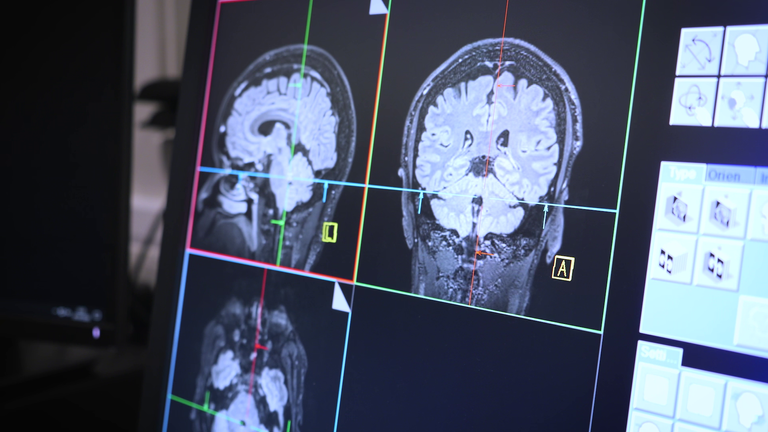US gov’t details plans for $42bn investment for internet access
The administration estimates there are some 8.5 million locations in the US that lack access to broadband connections.

The White House has unveiled how the government will divvy up $42bn among the US’s 50 states to expand access to high-speed broadband by 2030, as it launched a new publicity campaign for President Joe Biden’s economic policies.
The $42bn in federal funding under the Broadband Equity, Access, and Deployment Program is based on a newly released Federal Communications Commission coverage map that details gaps in access, the White House said on Monday.
Texas and California – the two most populous US states – top the funding list at $3.1bn and $1.9bn, respectively. But other less populous states like Virginia, Alabama and Louisiana cracked the top 10 list for funding due to lack of broadband access.
“It’s the biggest investment in high-speed internet ever. Because for today’s economy to work for everyone, internet access is just as important as electricity, or water, or other basic services,” Biden said in a White House address on Monday.
Every state will receive a minimum of $107m.
The move kicks off the second leg of Biden’s tour highlighting how legislation passed by Congress during the first half of his term will affect average Americans, as his 2024 re-election bid gears up.
“We have an historic opportunity here to make a real difference in people’s lives, and making sure that we deliver on that potential is what we’re about every day and to make sure that people feel that at their kitchen table, in their communities, in their backyards,” White House Chief of Staff Jeff Zients said.
Zients compared the broadband effort to President Franklin D Roosevelt’s efforts in 1936 to bring electricity to rural America. The administration estimates there are some 8.5 million locations in the US that lack access to broadband connections.
Broadband companies such as Verizon, Comcast, Charter Communications and AT&T have been reluctant to provide access to low-population, rural communities because the investments are expensive and the regions do not offer a lot of subscribers. The lack of broadband access drew attention during COVID-19 pandemic shutdowns that forced students into online schooling.
States are expected to submit initial plans later this year that will unlock 20 percent of the funding. Once the plans are finalised, which could take until 2025, the government will release the remaining money.
Biden is also set to give what White House officials describe as a major economic speech on Wednesday in Chicago, laying out so-called “Bidenomics”, according to a memo from senior advisers Anita Dunn and Mike Donilon to congressional Democrats and other allies.
The speech will focus on Biden’s attempts to build the economy by focusing on the middle class and not the wealthy. The advisers noted the economy has added more than 13 million jobs since Biden took office, including nearly 800,000 manufacturing jobs.
-al jazeera







